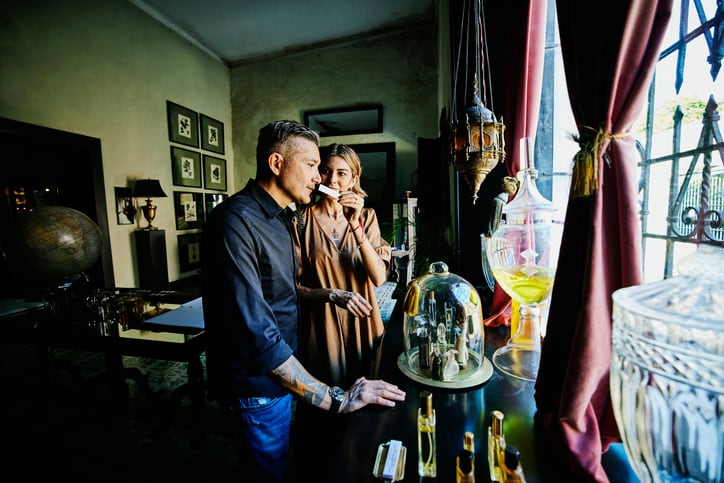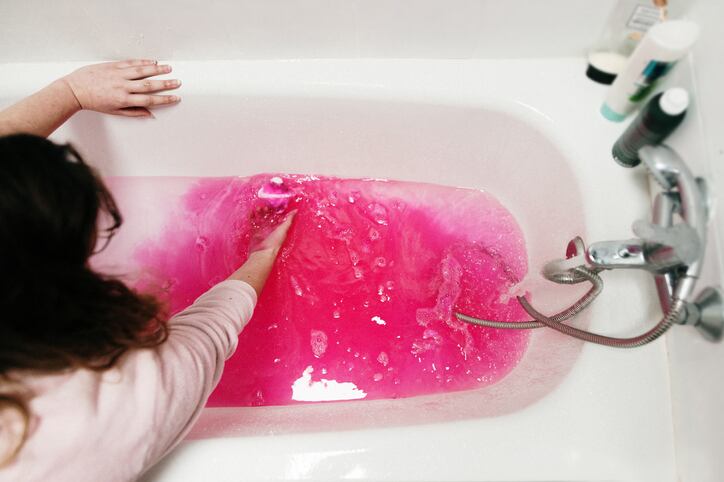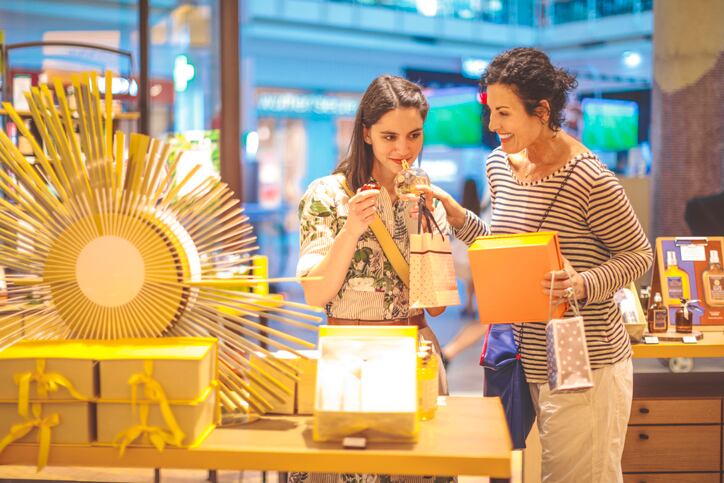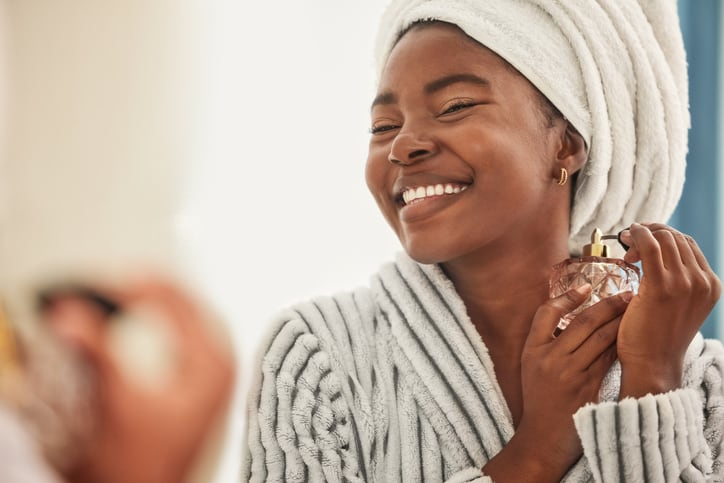The power of fragrance had long been understood by the beauty and personal care industry – able to trigger emotional responses and inspire feelings amongst consumers almost instantly.
But when it came to the psychology of fragrance, there were interesting aspects to look at carefully when investing in product development plans, according to Professor Charles Spence, head of Oxford University’s Crossmodal Research Laboratory at the Department of Experimental Psychology in the UK.
‘Specific associations people have’
Addressing attendees at this year’s IFSCC Congress in London, UK, last month, Spence said it was critical the beauty industry understood how multisensory the world was, where sight, hearing, touch, smell and taste were all collectively important to perceptions and experiences.
And, speaking to CosmeticsDesign-Europe after his presentation, the Professor said this knowledge was even more important when developing products and looking to target different consumer demographics, because perception and experiences could be nuanced.
“No matter who you are or where your consumers are based in the world, they will all connect senses in more or less the same way,” Spence explained.
“…Where things might differ, is in terms of the specific associations people have. And we’ve done bits of work on that, trying to pick up slight nuances in perhaps the colours that, say, French versus English people think of when they smell mint or lavender or cucumber. And there are differences, but they are slight.”
Despite the slightness, however, he said these nuances were important and were very much linked to the “cognitive associations” held by the individuals experiencing a scent or colour.
With fragrances, Spence said nuances could be more significant, especially with the likes of ‘gourmet fragrances’ – those related to what we eat. “There, the responses to vanilla, cinnamon or nutmeg, you can see these interesting cultural differences. I’ve seen this most clearly in the world of food and drink, but it will presumably extend over to some of the flavours or aromatic ingredients that are present in [beauty as well].”
Importantly, the more cognitive associations there were behind a particular fragrance, the more potential there was for cultural variation in meaning, he said.
A look back at history – fragrance power and colour bias
But these perceptual differences weren’t simply grounded in culture, Spence said; historical trends also had a lot to do with it. In the 1980s and 1990s, for example, there was a big appeal for very intense fragrances, where “big suits and big fragrance” went hand in hand, but this trend would have evolved differently across the globe, he said.
Colour-bias also required a look back at history, he said. “Colour and the sexes – pink and the female association and boys in blue – where did that come from? It wasn’t there 70 years ago. There are paintings from 1800-1900 of boys dressed in pink dresses (…) There is a sense that, at least in fashion, the associations we have with sensory cues on male and female are a recent creation.
“Hence, it might be interesting to go back and think: in the 1800s or 1900s was there a clear differentiation between fragrance or not? Maybe we’ve ‘sexed’ perfumes over the last few years,” he said.
So, was there a difference to consider in male versus female fragrance? With the rise of gender fluidity and unisex perfumes, industry and consumers were perhaps thinking not.
“I’ve looked at the literature of chemical senses on smelling and tasting and could find no good evidence for differences in sensitivity,” he said.
Spence said that whilst there was probably research out there investigating male versus female fragrances and asking participants to identify a fragrance as ‘male’ or ‘female’, any response was likely to be biased, perhaps influenced by the product name or packaging.
‘It’s not just the fragrance, it’s everything around it’
Again, the Professor highlighted the importance of fragrance being one part of a wider multisensory experience for consumers that included visuals, touch and sound.
“It’s not just the fragrance, it’s everything around it,” he said.
On that note, he said there was plenty to be said for consumer trials and product testing featuring mock-up packaging, colours and textures alongside fragrance blends.
“After various research we’ve bene doing over the last few years, it’s increasingly clear that products, whatever it is, always come in a package. And too often I see, in a variety of sectors or industries, that products and pack first meet on shelf. And it seems sort of crazy not to evaluate consumers’ response to your product in the actual package it’s going to appear in, because it makes such a big difference.”




